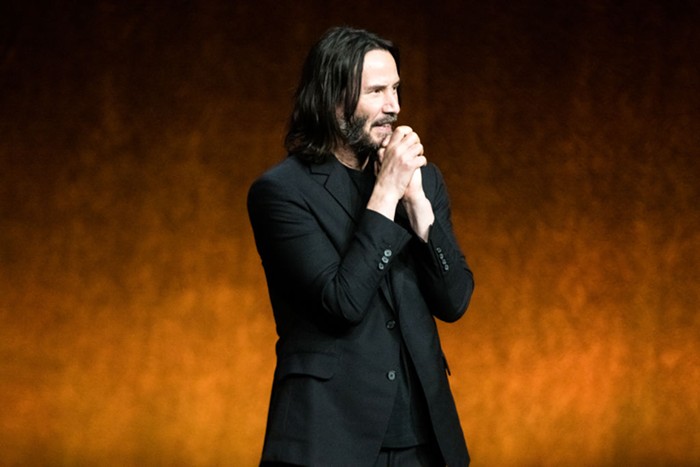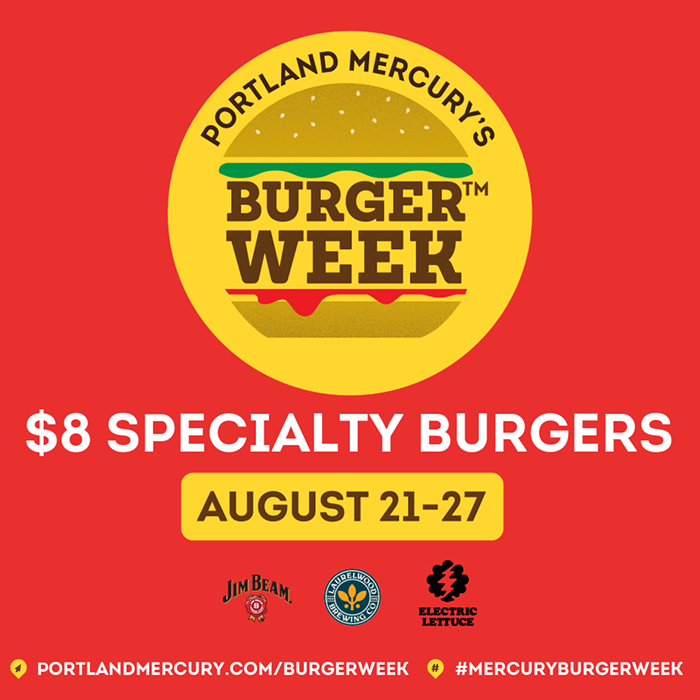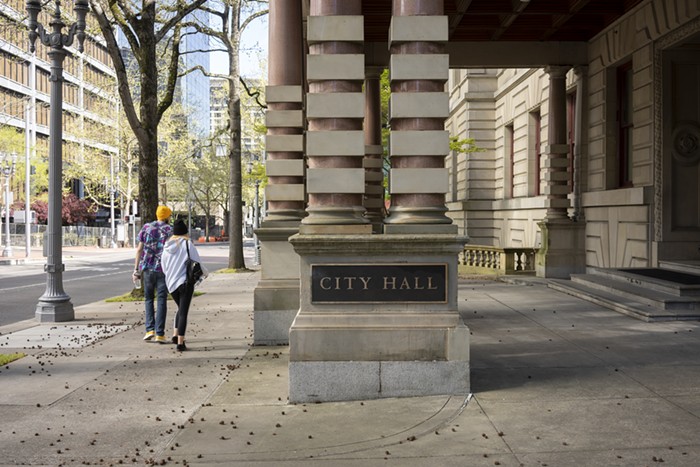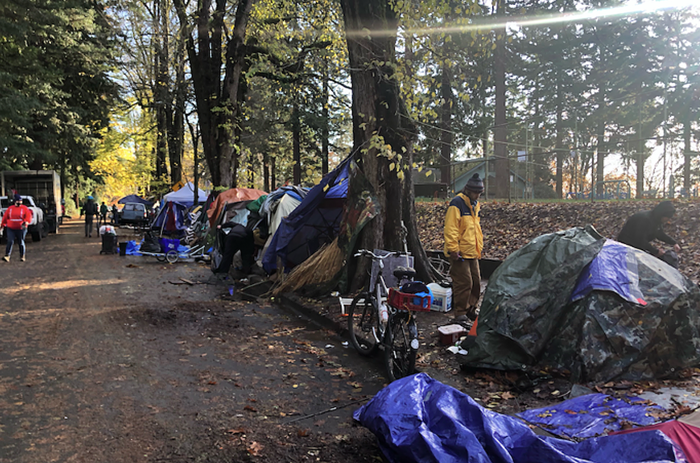Fluorescence: brighter than white casts a squinting eye over fourteen artists who make use of fluorescent colors. Long relegated to the art of '80s Neo-Geo painters, trippy black light posters, and parking tickets, it looks like the loudest of color schemes is coming back with a vengeance, sometimes in a new package, but more frequently not. The show, which is well laid-out and installed for being in such a tiny space, includes a number of shiny, scribbly, and splotchy paintings on panel and paper that use the vibrant fluorescent hues solely to raise them out of the muck of mediocrity, to little avail. Fortunately, there are a number of pieces in which the colors are actually applied, rather than trotted out. Most memorable is Edie Tsong's video loop Disease, in which a woman's face becomes gradually covered and obscured by highlighter-green Avery label dots, transformed into a shifting swarm of 21st-century office kitsch.
For her floor piece Mutations, Sarah Dis crafted lumpy stuffed animal forms in bright colors. Stuffed animals have been de- and re-constructed, anthropomorphized, and had their heads interchanged so many times that surely it's a dead form by now. Can everybody please jump off the taxidermied forms bandwagon that's been chugging along for the last decade? Just leave the stuffed animals alone!
Jacqueline Ehlis ran zips of commercially-available neon masking tape down the walls, up the windowsills, and across the door jams in the name of bringing together painting and architecture, but it winds up looking like a cheap and easy way to decorate a dorm room.
Brad Adkins is without a doubt the poster boy of low-rent artwork, but his self-effacing humor gets me every time. "I would do anything for love" consists solely of an oval of T-pins stuck into the wall, lit with harsh spotlights. The show's checklist, however, lets us know that in addition to the pins, Adkins' "fluorescent aura" is what gives the piece that certain je ne sais quoi.
Fifty paces away, at Soundvision, Stratum presents a much quieter group of artists who don't threaten to burn your retinas out. The five photographers involved are surface junkies who explore systems of nature and patterns of memory. Julie Orser, who is leaving Portland to pursue a graduate degree at CalArts, has created a breathtaking and haunting body of photographs, printed on the back of antique dominoes. The images, many of which come from her family albums, are like palm sized pearls of distant memories--galloping horses, empty beds, scraggly trees, hitchhikers, and graveyards. Collectively, the installation is touching, cinematic, and more than a little Victorian.
Donald Jones has created a multi-paneled, quasi-pixelated wall installation of photos from the surface of New York's ultra-polluted Gowanus Canal. Formally, it's an interesting piece, although the presentation feels arbitrary.
Belgian artist Martina Verhoeven's photographs resemble crystalline galaxies--they are the glacial microscopic cracks and formations of ice ferns. I am not steadfastly in the camp that cries "bigger is better," but these arresting images deserve to be at least 4x6' so that viewers can get lost in their icy beauty.
These two shows couldn't be more different, but together they signal a raising of the bar for Everett Station, a call for the galleries there to create thoughtful exhibitions that showcase meaningful work being created both in and outside of Portland. CHAS BOWIE












